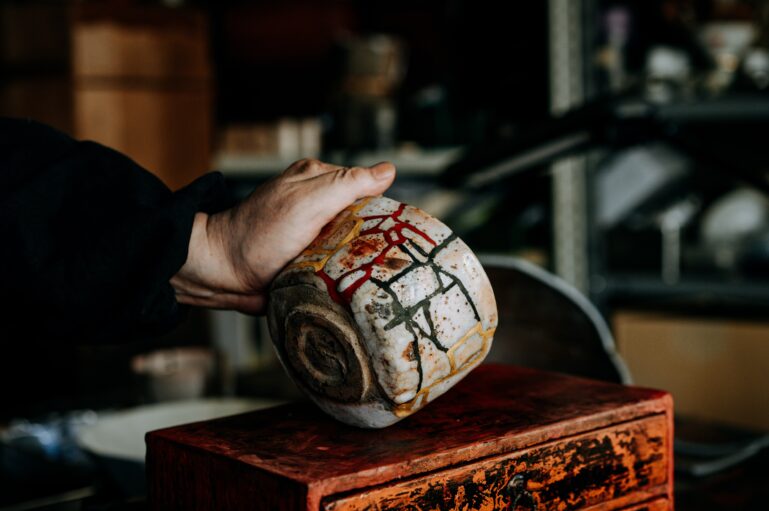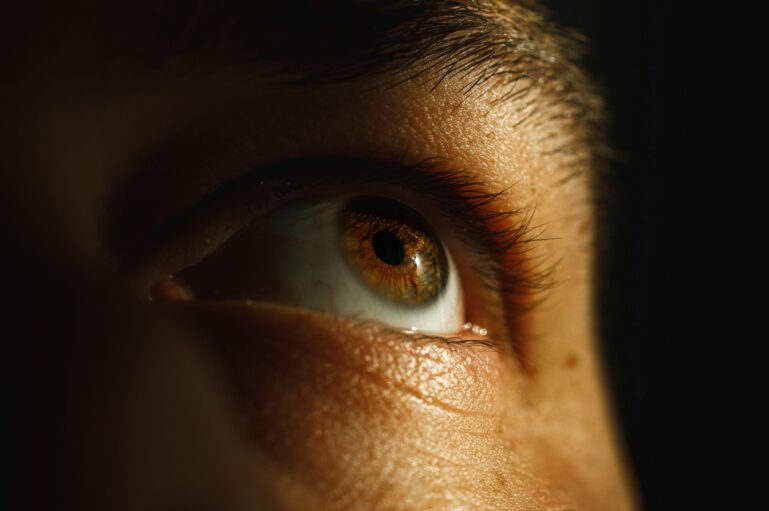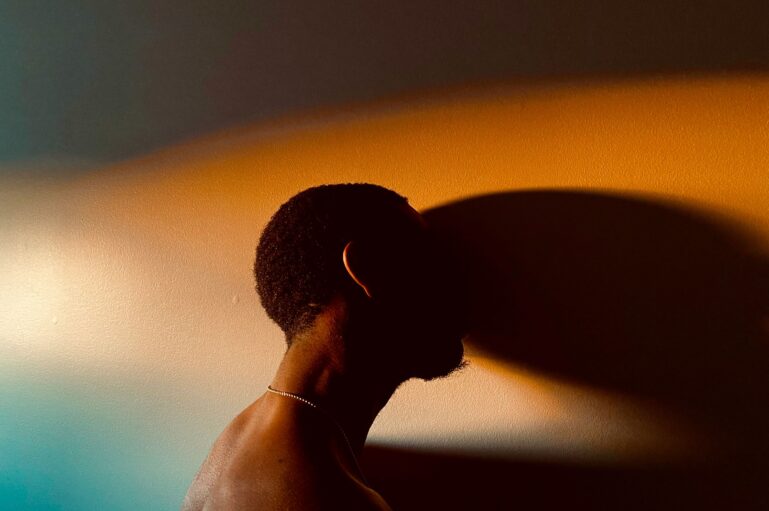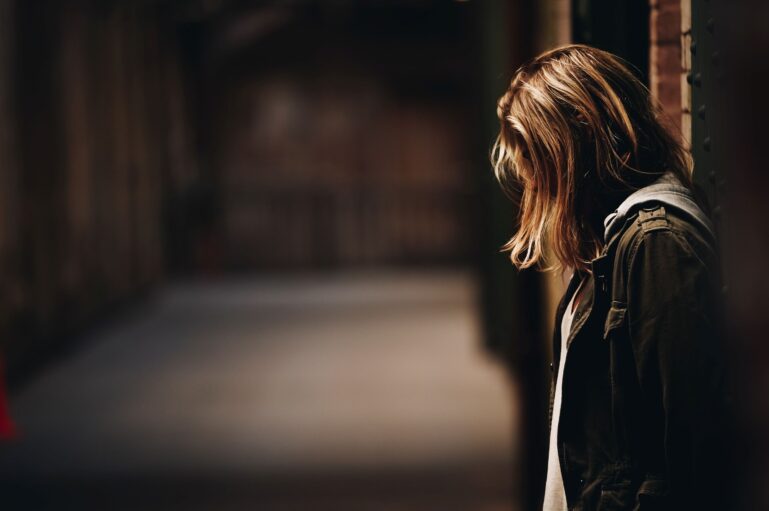“I write about broken people who need other people in order to go on. But those are the only kind of people I know to exist. We are all broken” (John Green)
Kintsugi, or “golden joinery”, also known as kintsukuroi, or “golden repair”, is the Japanese art of repairing broken pottery by mending the areas of breakage with lacquer dusted or mixed with powdered gold, silver, or platinum. Kintsugi became closely associated with ceramic vessels used for chanoyu – the Japanese tea ceremony. Japanese aesthetics values marks of wear from the use of an object. This can be seen as a rationale for keeping an object around even after it has broken. It can also be understood as a justification of kintsugi, highlighting cracks and repairs as events in the life of an object, rather than allowing its service to end at the time of its damage or breakage.
Kintsugi is built on the idea that in embracing brokenness, flaws, and imperfections, you can create an even stronger, more beautiful piece of art. Every break is unique and instead of repairing an item like new, the 400-year-old technique highlights the “scars” as a part of the design. It acknowledges the vessel’s “journey” and showcases its “pain”. It sees brokenness as reality in life and embraces imperfection.
All of us have “scars” – memories of past hurts, difficult periods of struggle, moments when we have found it almost impossible to carry on. These experiences have made us who we are – now perhaps a little stronger, more resilient, more determined to ‘become’. Our ‘pain’ has fashioned wisdom and our brokenness has developed grit. We are now more whole. We are ready to move on.
As we make ourselves vulnerable and reach out to others along the road, they are encouraged to turn away from hating themselves and berating themselves for their past and to turn towards self-acceptance, learning patience and gaining strength as a result. As such, we encourage their growth and become the crucible for changes that need to be made. We all need to learn to express abundant doses of empathy, appreciate diversity, and have compassion for the plight of others.
We should attempt to embrace imperfection on our respective journeys. As Alinda Nortje, Executive Chairperson of Free To Grow, notes: “Sometimes, in the process of repairing things that have broken, we create something more unique, beautiful, and resilient.”










